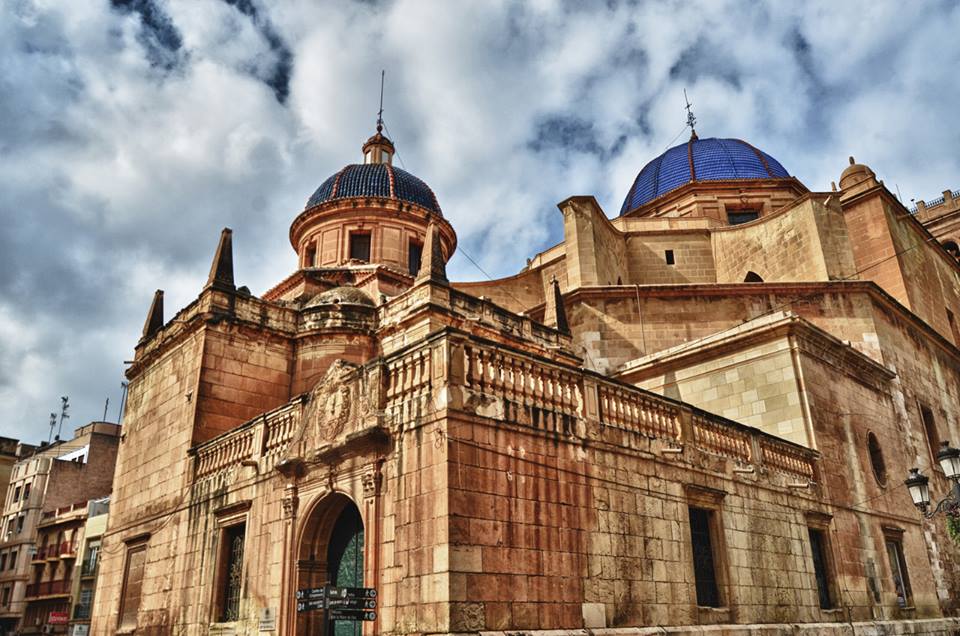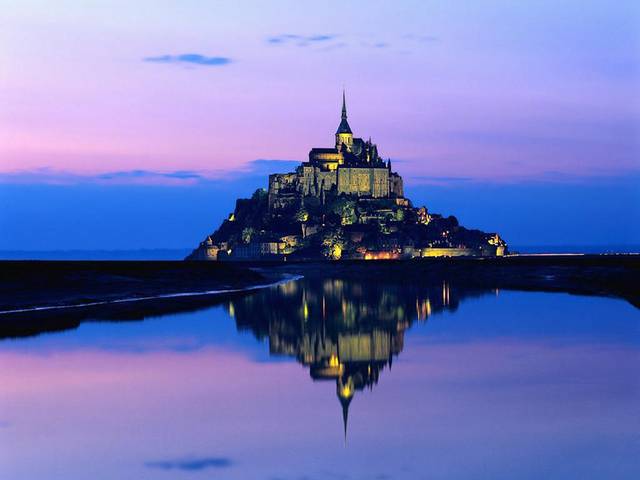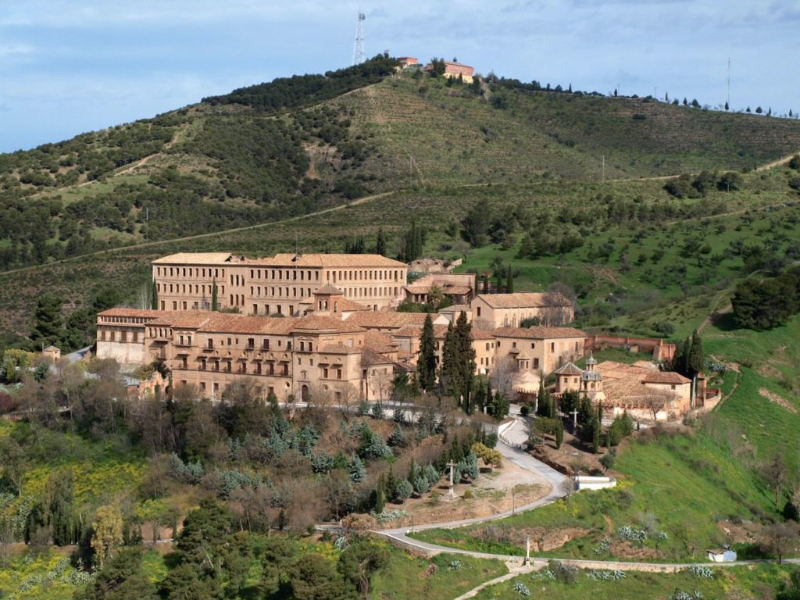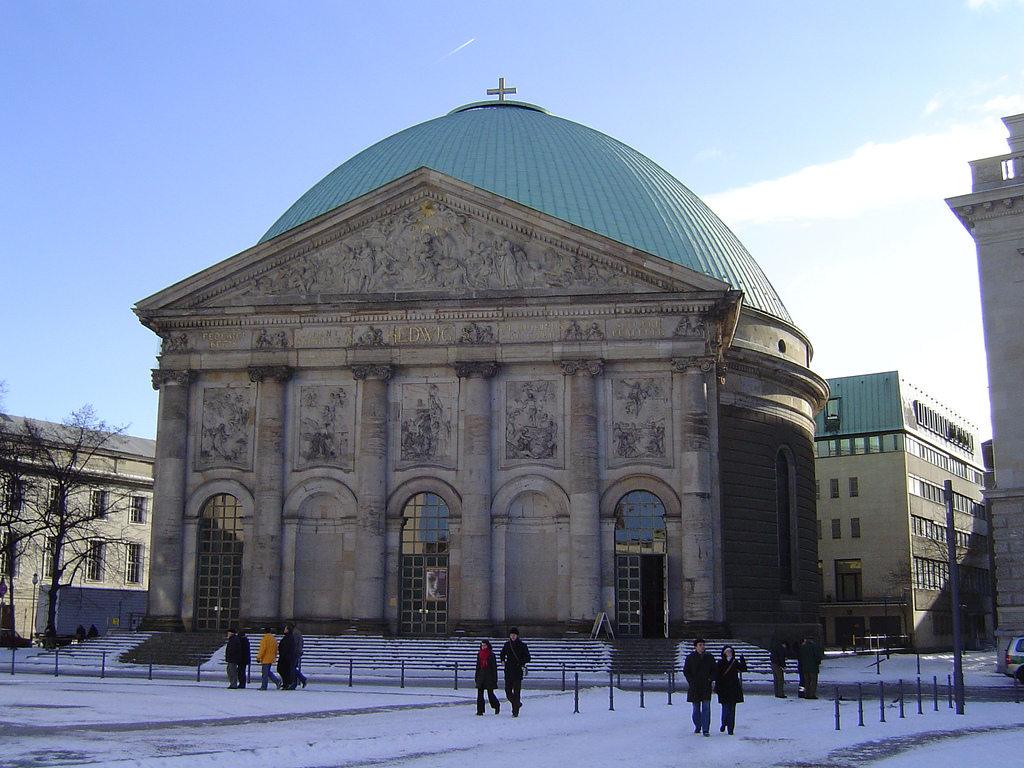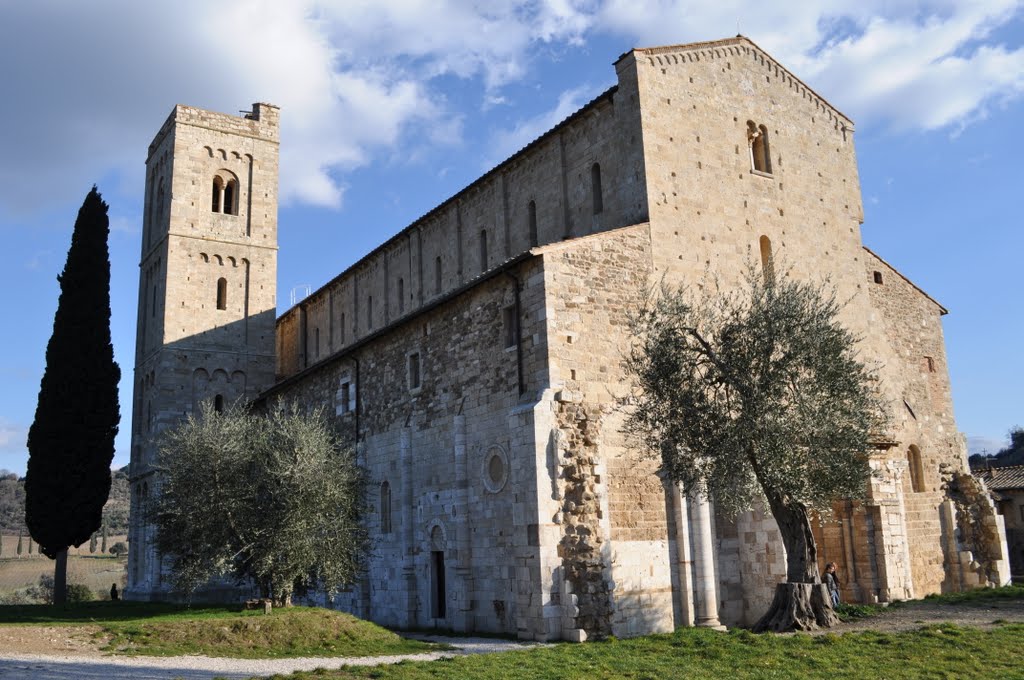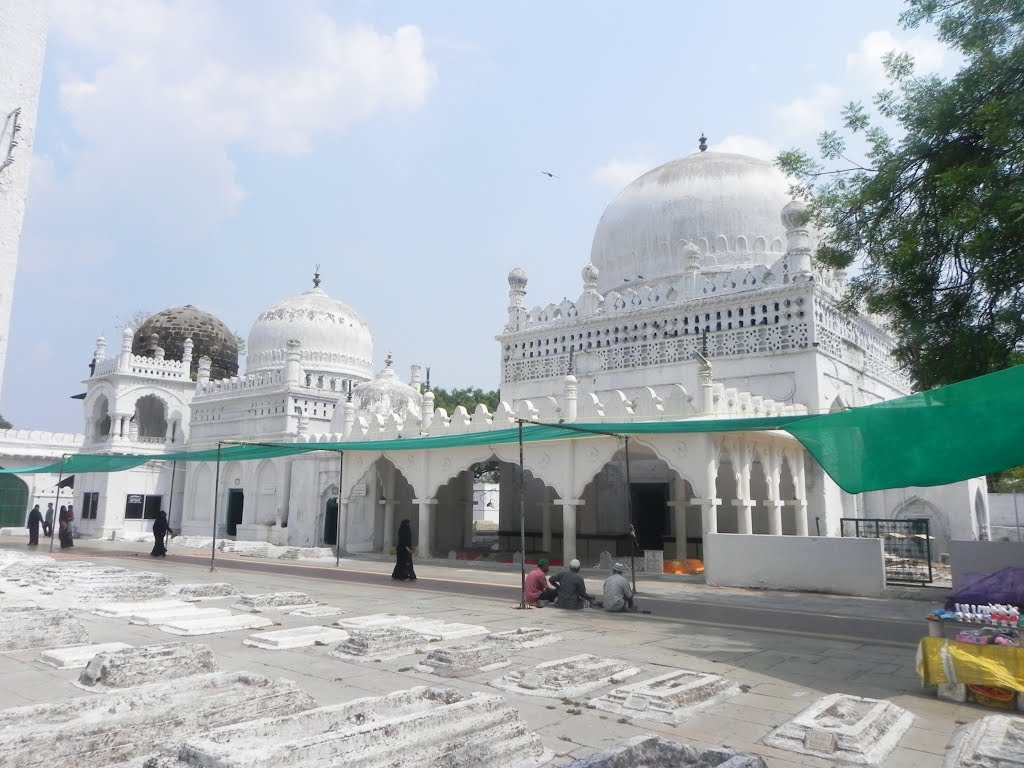The Basilica of Santa María is located in the place where, during the Muslim era, the main mosque was situated. After the conquest of the city by Jaume I in 1265, the mosque remained in this place until 1334. On top of it the first Catholic church was built, probably of Gothic style and with a cross layout, which remained until 1492.
It is believed that in this temple the Misteri (Mystery Play of Elche),was performed for the first time, probably with the construction of a system of ramps, floorboarding and a high ceiling in the form of a cupula, dome or arch, as was the norm for the Assumption performances of the time.
The second church was larger and was completed in 1556, but collapsed because of very heavy rains in 1672. We retain a description of it by Christopher Sanz of 1621: “The temple where this Festival is held, which is the main church, seems to have been built for this very purpose, because of its enormous size, with a nave so high that it provokes awe and amazement in outsiders. It seems that Our Lady herself holds it up so that there her own death and assumption to the skies may be celebrated. There is not in the whole of Christendom another such building as this church, which was completed, as can be seen in its buildings, in the year of 1556”.
The building of the present church began in 1672 under the orders of the masterbuilder Francesc Verde, who took over the role from Pere Quintana and Ferrán Fouquet. From 1758, the construction work was continued, with substantial contributions, by the architect Marcos Evangelio. The works were finished definitively in 1784.
Its layout is in the form of a Latin cross with a large central nave and four chapels to each side with perforated buttresses. Over the transept there is a large dome, which forms part of the setting of the Mystery Play of Elche and which is covered on the outside by blue tiles.
It is possible to trace the different styles of architecture, from the first efforts to improve its undecorated style, to the pure neoclassical, passing through the decorative Italian Baroque of the façade of the assumption, one of the most beautiful examples of the Valencian Baroque. Both this facade as well as the main door of San Agatángelo, are works of the Strasbourg sculptor Nicolás de Bussi (1680-1682).
